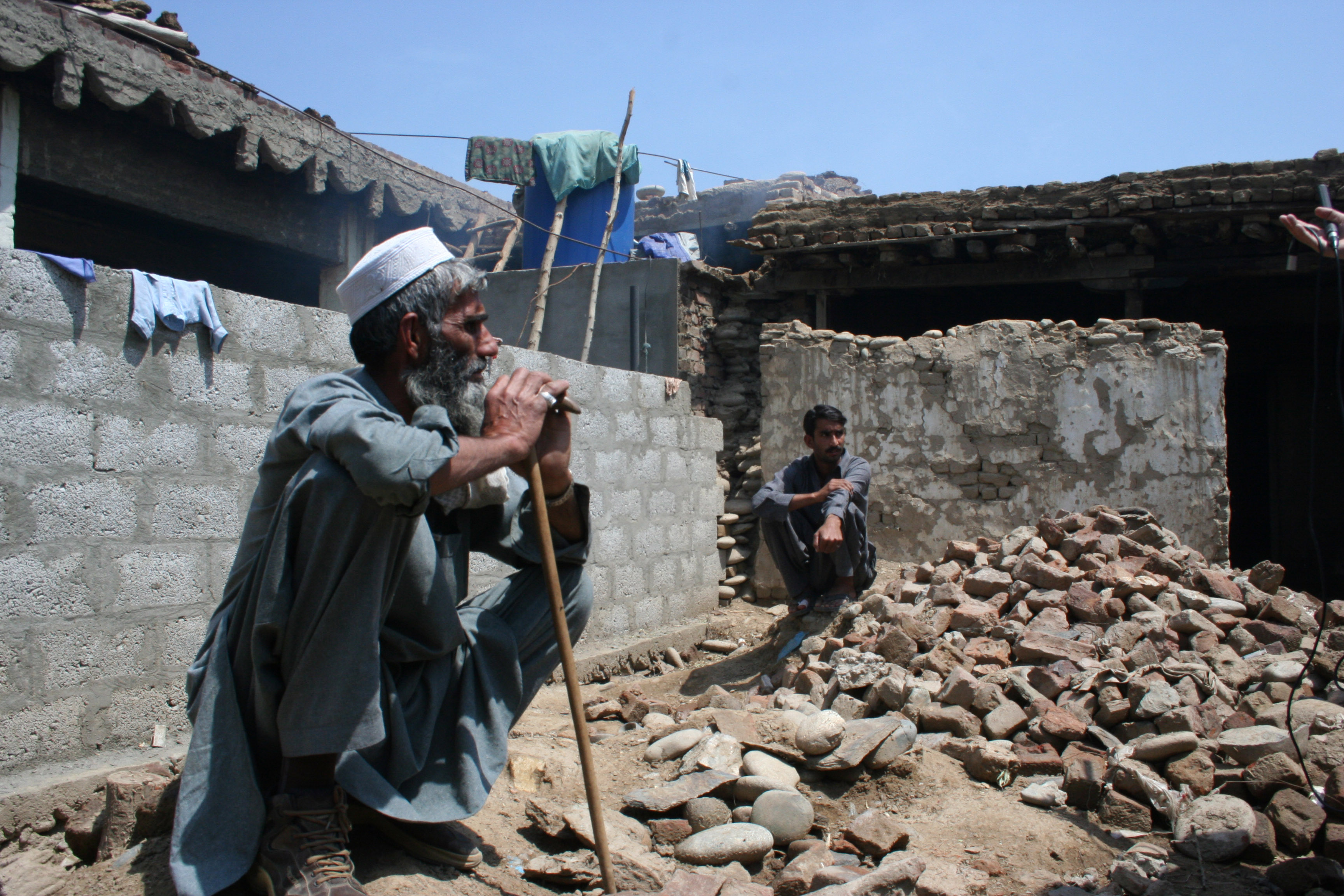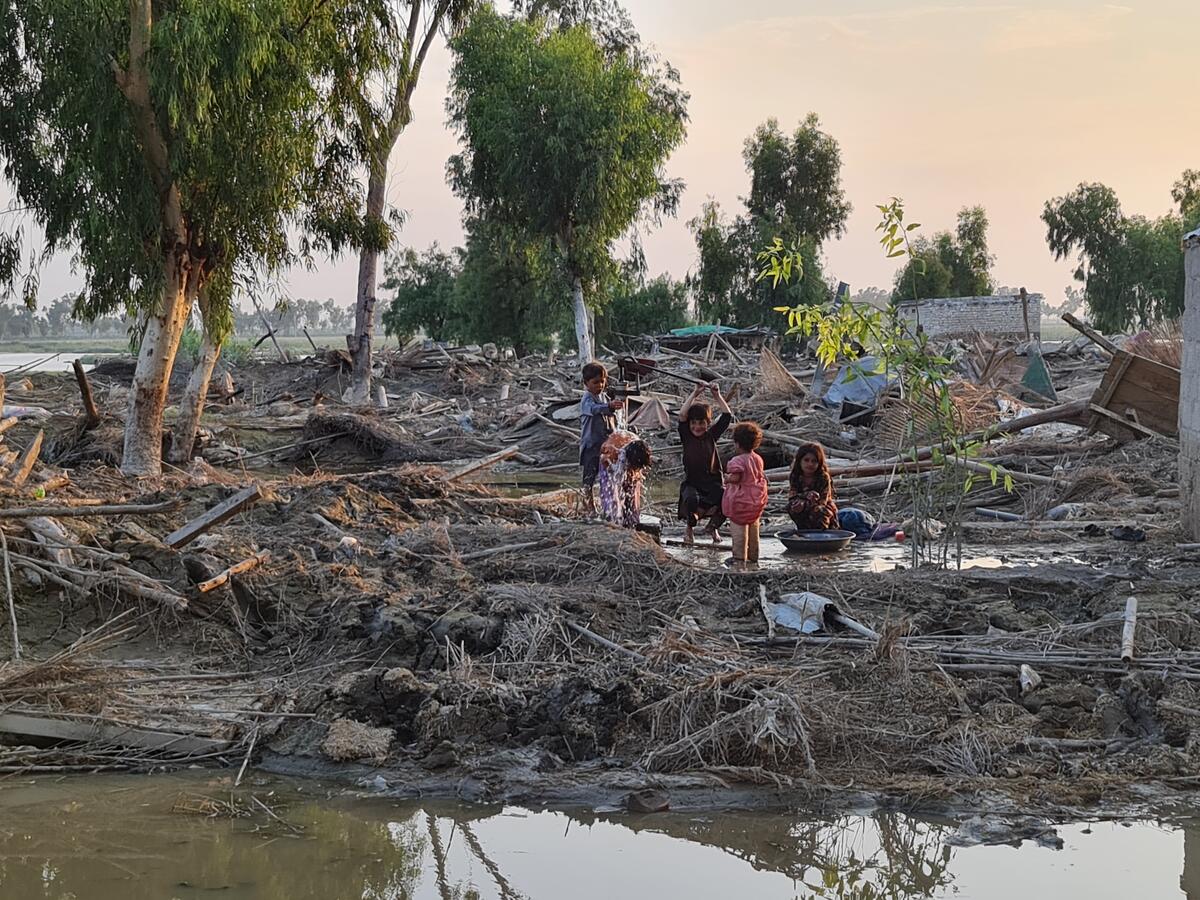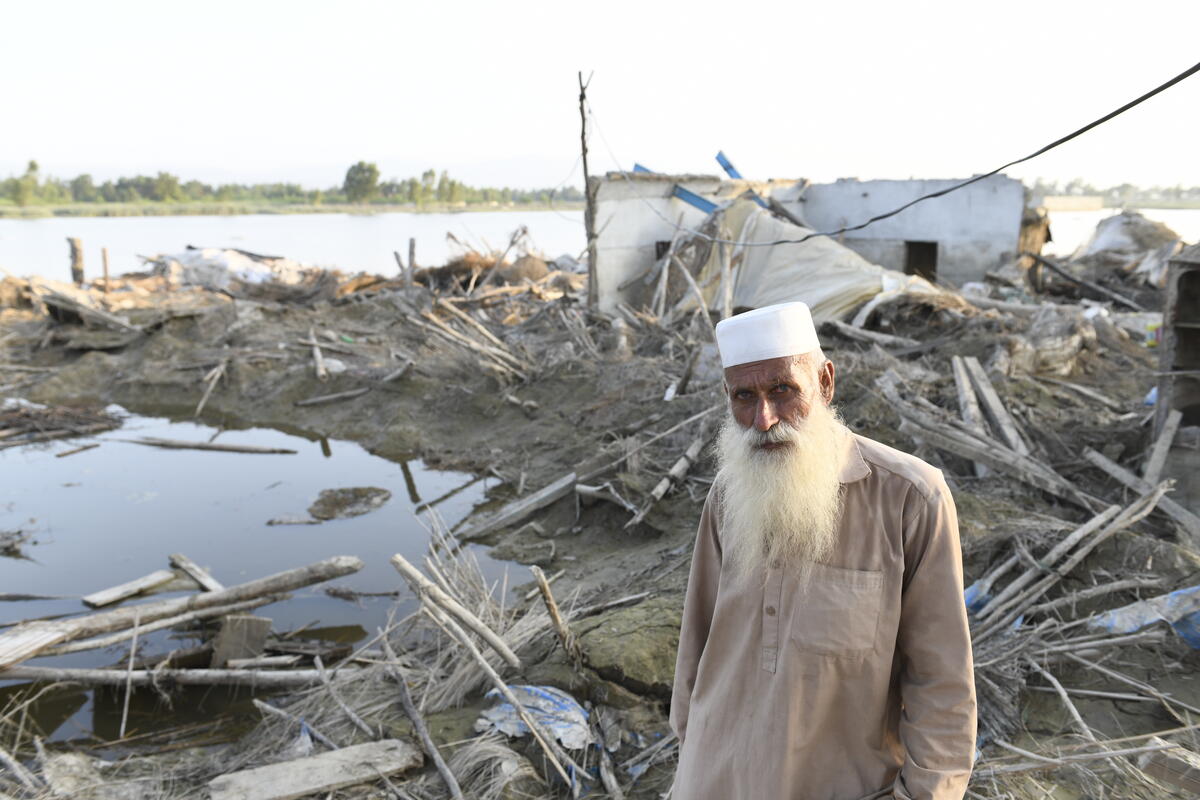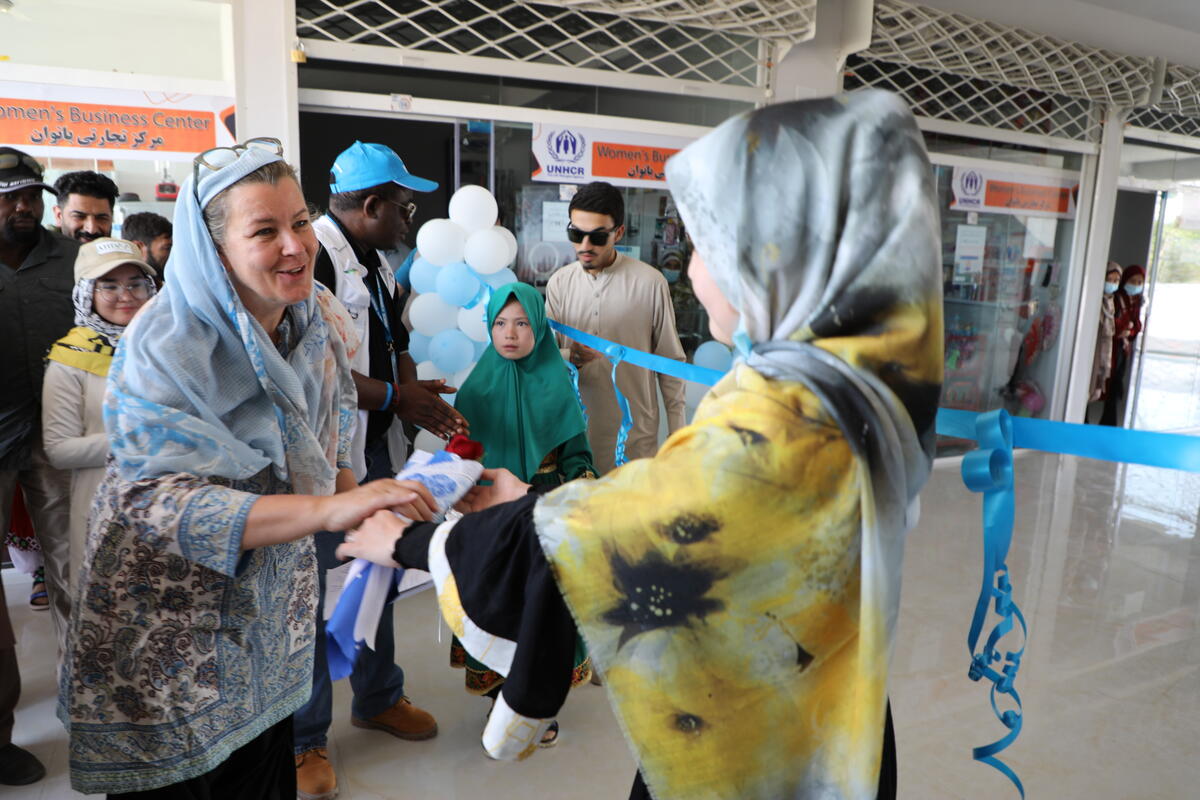Civilians still need help in Swat, a year after conflict engulfed the area
Civilians still need help in Swat, a year after conflict engulfed the area

SWAT DISTRICT, Pakistan, April 30 (UNHCR) - Almost a year after the onset of conflict forced hundreds of thousands of civilians to flee northern Pakistan's Swat Valley and surrounding areas, most of the displaced have returned, but their needs remain acute.
The anniversary of the initial stage of the emergency in Swat and other areas falls next week. More than 2 million people fled, but today 80 to 90 per cent have returned to their home areas, according to government figures. The trigger for last year's displacement was operations by government forces against militants in Swat, Buner and Lower Dir districts.
Today, Swat's capital Mingora is once again a bustling town, but the human cost of the conflict is still being felt there and across the Swat Valley. UNHCR and its partners are helping some of the most vulnerable returnees by building shelters to replace those damaged or destroyed. Many families lost breadwinners and other loved ones. People remain traumatized and in need of counselling.
In Paranmandheri village, Khewagar sits outside the rubble of his home after returning. The 50-year-old, who lost a leg in an accident more than a decade ago, fled to safety in Mardan District last year after shell fire destroyed his house and killed his two sons and five other relatives.
UNHCR is building two shelters for his family on land adjacent to the original home. The refugee agency is constructing 16 new homes in the village.
Before the conflict, Khewagar ran a roadside grocery shop, which was also destroyed. His sons worked in the nearby fields. Today, he and his family live in a rented home he can ill-afford. But soon the new home will be ready.
In Swat, Buner and Lower Dir, UNHCR is working with partners to build more than 12,000 shelters for families like Khewagar's whose houses were badly damaged or destroyed. Typically, these people live in small rural villages and were already very poor.
The programme provides families with shelters with timber frames, mud walls and corrugated iron roofs. Affected families and communities help build the shelters through a cash-for-work programme. To date, UNHCR has built 3,500 shelters across Swat, Buner and Lower Dir despite winter snows and curfews which can be disruptive.
UNHCR and its NGO partners have established 15 welfare centres in Swat and Lower Dir where psychologists counsel people suffering from trauma. Community meetings are used to spread the word about the centres and the help they provide. More than 30,000 vulnerable people have been helped since November. Another two centres operate in Peshawar.
The displacement crisis in north-west Pakistan is not over. In addition to those who fled last May some 1.3 million people from the Federally Administered Tribal Areas remain displaced in various parts of Khyber Pakhtunkhwa, the new name of North West Frontier Province. They fled homes in Bajaur, Mohmand, South Waziristan, Khyber, Kurram and Orakzai in various waves as security forces launched operations against militants in the tribal belt.
Many of those from Bajaur have lived in camps for more than 18 months, while those from Orakzai and Kurram have fled more recently. People are still fleeing the conflict areas.
In April, some 85,000 displaced people from Kurram and Orakzai were registered by officials in Hangu, Kohat and Peshawar. Registration was later suspended following an attack on the registration point in Kohat on April 17.
Today, UNHCR in Pakistan faces a complex humanitarian operation on several fronts. In addition to helping people rebuild lives and homes in return areas, new internally displaced people (IDP) from Kurram and Orakzai need to be registered and given emergency relief. The longer-term displaced still need care. More than 130,000 people live in nine camps which have to be maintained or consolidated.
New return operations to Mohmand and Bajaur are under way and these IDPs will need help to rebuild and re-establish their lives. UNHCR is helping with transport for returnees and emergency shelter kits. Next month, the agency will start monitoring in return areas to identify needs and plan future assistance. These poor communities will need a significant investment of funds from donors to make their return sustainable.
By Ariane Rummery and Qaiser Afridi Khan in Swat District, Pakistan








